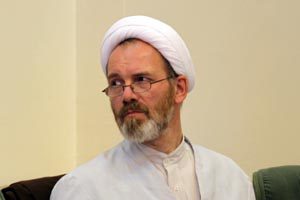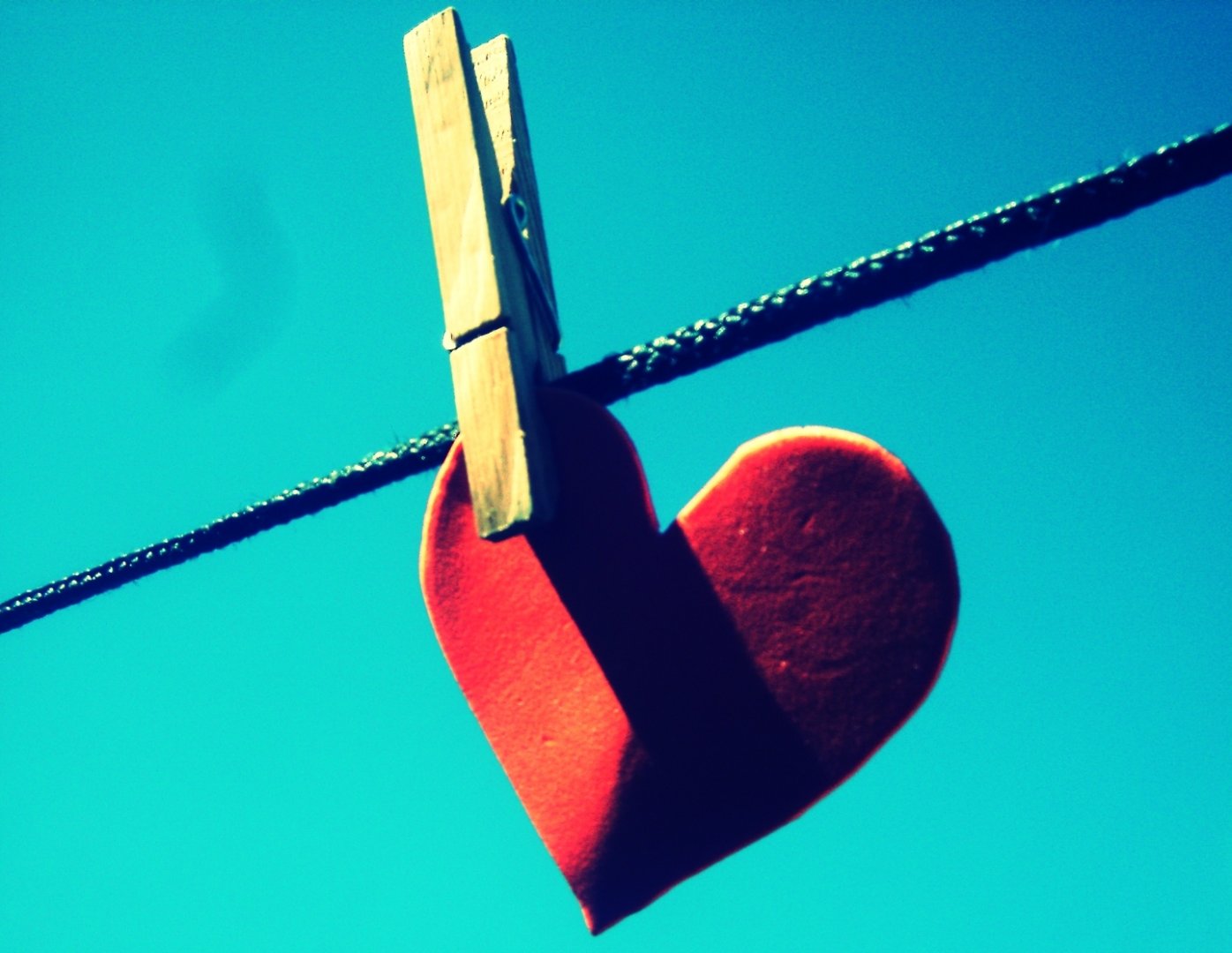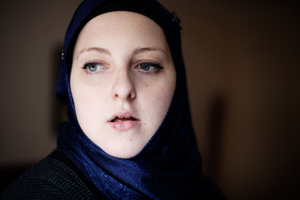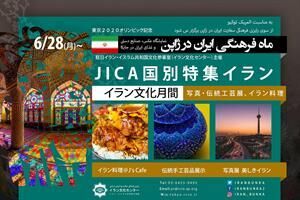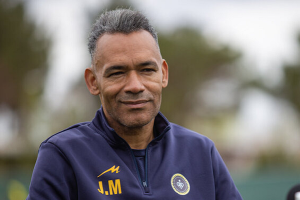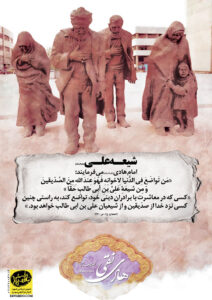According to rahyafte (the missionaries and converts website):Hojat al-Islam Mohammad Waldman, an Austrian-born cleric of the Imam Ali (AS) Islamic Center in Vienna, embraced the religion of Islam (Twelver Shia) in 1361 (1982) and came to Iran that year to pursue a deep interest in Islamic sciences and entered the seminary of Qom, where he continued his studies until 1366 (1987). In 1380 (2001), he obtained a master’s degree in theology and Islamic studies and later obtained a Ph.D. in the field of Quran and Hadith. He has authored numerous Islamic articles, mostly in German, and has also been involved in translating interpretative works of the Quran from Persian to German to meet the needs of Austrian Muslims.
See the Persian text here
Twenty years ago, in the fervor of youth, the spirit of seeking truth led him to respond to his inner call and choose Islam as the path to his happiness.
When we talk to him, his love for Islam and Imam Hussain resonates in his words.
“Mohammad Waldman” is a person who was born in the heart of the Western world, grew up there, and discovered his lost freedom in the realm of Islam and Shia.
Born in 1962 in a Christian family in Austria, after completing high school, obtaining a diploma, and fulfilling his military service, he converted to Islam in 1982. In the same year, coinciding with the year 1361 AH, he entered the seminary of Qom, where he completed seminary studies and successfully obtained a master’s degree in theology from the Imam Khomeini Institute.
How did you become a Muslim and in which year did you come to Qom for seminary studies?
In my teenage years, which were around the 1970s, I had no special knowledge about Islam. The only things we knew about Islam were that Muslims must go on pilgrimage once in their lifetime, shouldn’t drink alcohol, and shouldn’t eat pork; we didn’t have much more information, and we had heard these issues from Turks or Austrians who had connections.
Until my sister married an Iranian Muslim man and converted from Christianity to her husband’s religion. This puzzled me; why would my sister abandon the religion of our forefathers and embrace a new faith, one that our family had no familiarity with?
Sometimes when they prayed in front of us, my parents thought they were worshiping the stone they prostrated on.
We saw that the laws and principles of the Islamic faith were very similar to those of Christianity. We observed that after 1400 years, Muslims still followed their faith in a traditional manner, while Christianity had become a lifeless entity devoid of practice. All these factors increased my curiosity day by day; I delved deeper into research about Islam and Christianity. Eventually, at the age of 20, after completing my education and military service, I embraced Islam. Just one or two weeks after my conversion to Islam, I came to Iran and entered the seminary. Precisely in 1361 AH (1982).
In Iran, what influenced you?
First, I observed that Muslims practiced their faith, and the Iranian Islamic Revolution was a significant event that coincided with my conversion to Islam. Second, the absence of separation between religion and politics was evident, and the leader of this revolution and great political movement was a religious figure like Imam Khomeini (RA). He preserved his religious and spiritual position while leading a revolution and a political movement. People followed him and even sacrificed their lives for his cause, and this concept of sacrifice was something we in the Western materialistic world were unfamiliar with.
What was the most important motivation for your inclination towards Islam?
